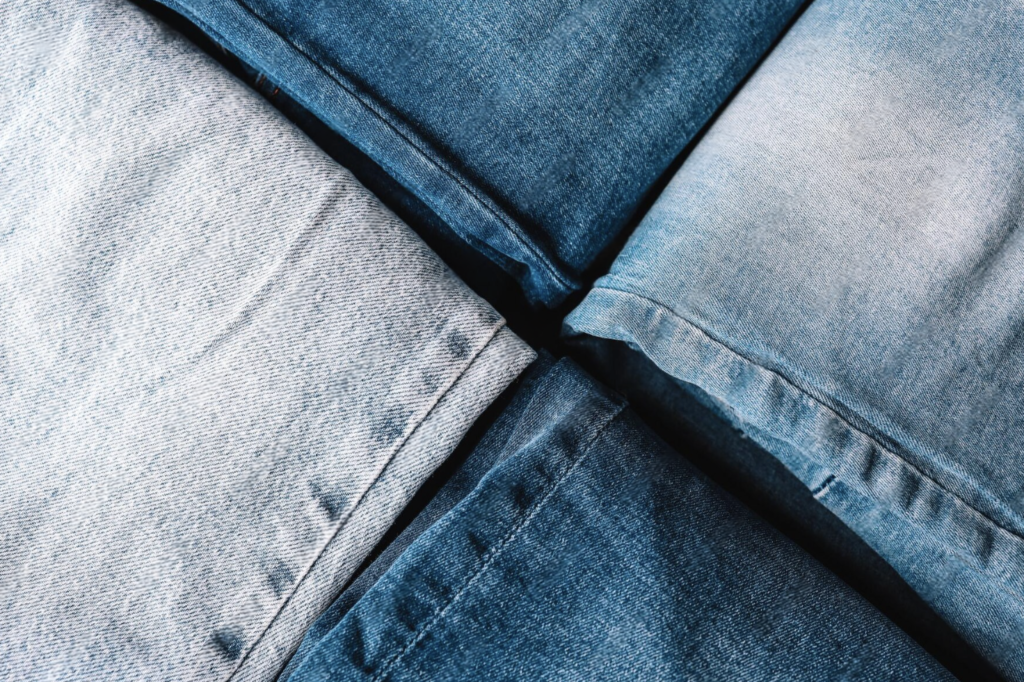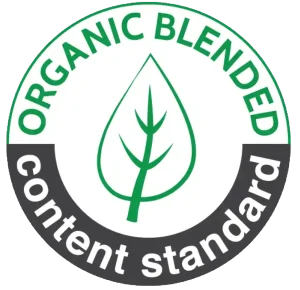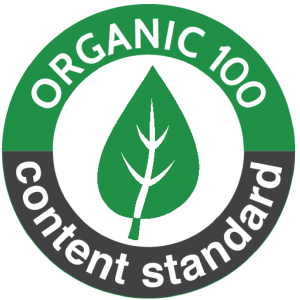Understanding the procedure and proper handling instructions for wash acid jean is key to ensuring both efficiency and safety. Since this process involves strong chemicals like oxalic acid, potassium permanganate, or diluted sulfuric acid, lack of knowledge can lead to serious consequences such as fabric damage, worker accidents, or environmental pollution. Each chemical used in wash acid jean has specific reaction characteristics and handling requirements. Only with a clear understanding can operators optimize the desired fading effects while minimizing risks. Thus, thorough instruction and preparation are essential before applying any wash acid jean techniques in real-world production.
1. Common Chemicals in Wash Acid Jean
Nội dung tóm tắt
Toggle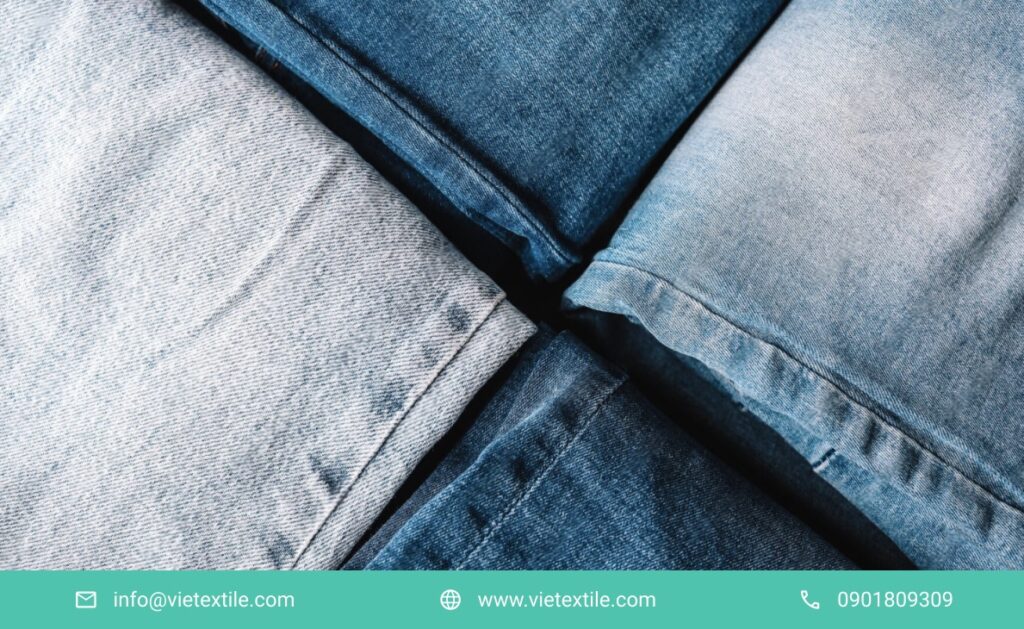
Wash acid jean is a specialized denim treatment process where chemicals play a key role in creating strong and unique fading effects. Below are three of the most commonly used chemicals in wash acid jean, along with their functions, strengths, weaknesses, and safety precautions. Understanding each one will help you execute wash acid jean more effectively and safely.
2. Common Chemicals Used
Wash acid jean is a specialized denim treatment process where chemicals play a key role in creating strong and unique fading effects. Below are three of the most commonly used chemicals in wash acid jean, along with their functions, strengths, weaknesses, and safety precautions. Understanding each one will help you execute wash acid jean more effectively and safely.
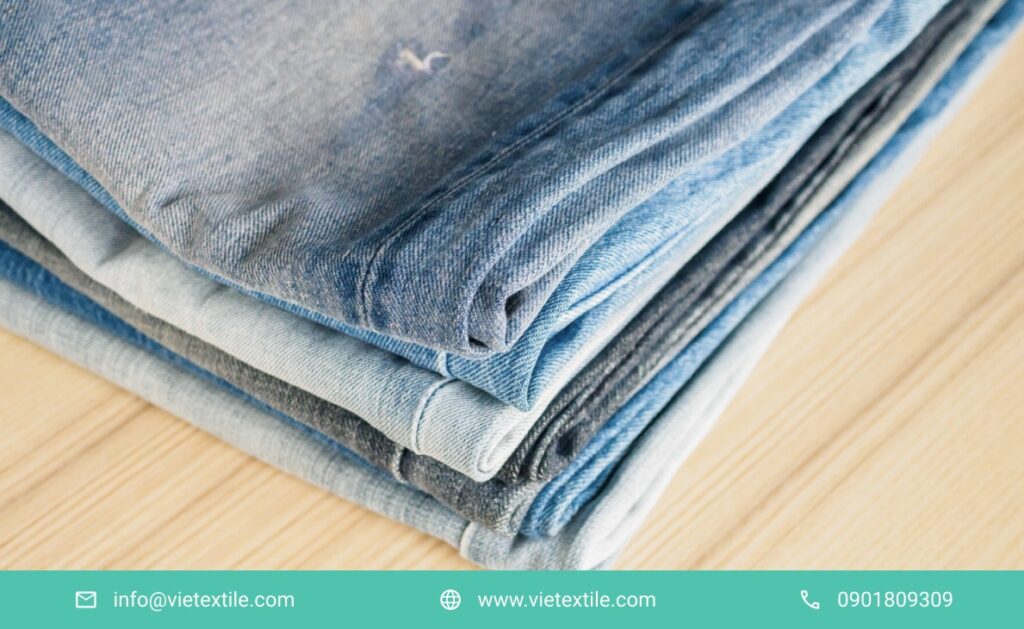
2.1 Oxalic Acid
Function
Oxalic acid is used in wash acid jean to bleach fabric and create distinct washed-out areas on denim. It reacts with surface dyes, stripping them to produce a vintage, rugged look. Due to its strong acidity, it must be handled with strict adherence to safety guidelines.
Advantages
Oxalic acid provides fast and intense bleaching results, helping save time compared to traditional fading methods. It enhances productivity while delivering high aesthetic value, making it a popular choice in large-scale denim production.
Disadvantages
Its high corrosiveness poses serious risks if it contacts skin or is inhaled. Proper ventilation, fume extraction, and protective gear are essential when performing wash acid jean using oxalic acid.
2.2 Potassium Permanganate (KMnO4)
Function
In wash acid jean, potassium permanganate oxidizes dyes on the denim surface, creating a natural fading effect. It breaks the bond between dye and fiber, brightening the contact area. It’s applied as a diluted solution via spraying or soaking and must be neutralized afterward to halt ongoing reactions.
Advantages
Easy to handle and highly adaptable, it allows flexible control of fading levels by adjusting solution concentration—ideal for diverse design requirements. Its quick reaction speeds also streamline industrial workflows.
Disadvantages
Without proper neutralization, it may leave unwanted purple stains. Neutralization is a required step to prevent uneven coloration and ensure consistent aesthetics in the final wash acid jean product.
2.3 Diluted Sulfuric Acid (H2SO4)
Function: This chemical strips the outer dye layer to expose the lighter base underneath, creating bold fading suitable for rugged, vintage jean styles. Its powerful reaction demands strict control of concentration to avoid fabric damage.
Advantages
Rapid and deep fading in just a few minutes makes it suitable for urgent or high-contrast orders. Many factories still favor sulfuric acid in their wash acid jean process for its effectiveness.
Disadvantages
If misused, it can weaken fiber structure, leading to tearing. Exact dilution and careful application are critical to prevent irreversible fabric damage.
3. Safety in Handling Chemicals
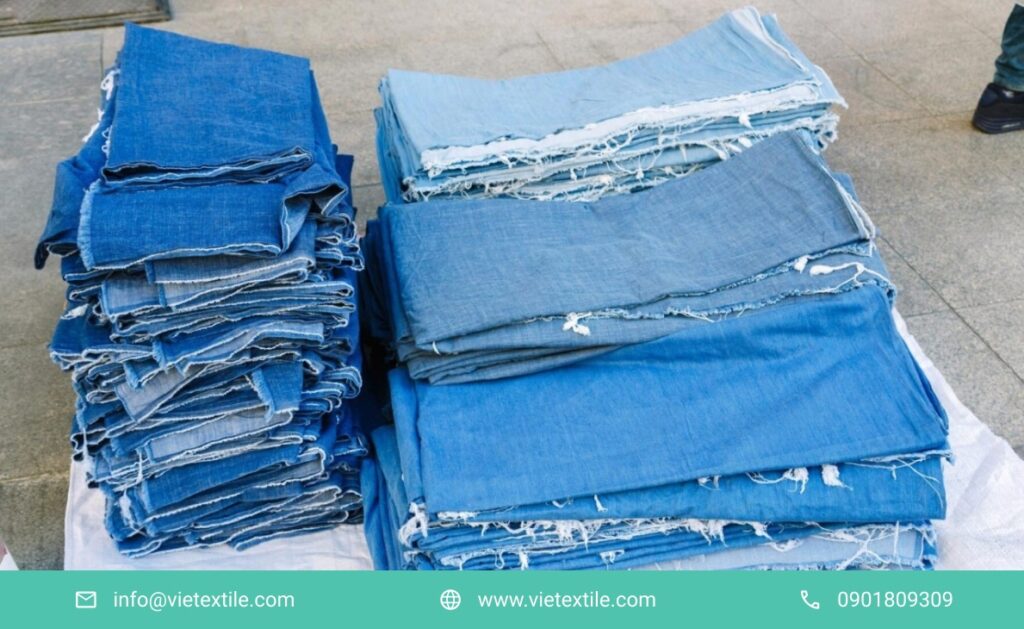
Because this process uses strong chemicals, safety measures must be strictly followed:
- Always use gloves, protective gear, and respirators: Handling chemicals like oxalic and sulfuric acid requires full PPE to prevent skin contact and inhalation. Workers must also be trained on chemical spill response.
- Dilute properly and follow safety protocols: Accurate dilution is crucial. Over-concentration can damage fabric and endanger workers. Follow chemical supplier instructions, use precise measuring tools, and test pH before production.
- Install chemical wastewater treatment systems: These chemicals can cause environmental damage if not treated. Use neutralization and filtration systems to meet environmental standards.
- Inspect fabric post-wash to detect damage: Acid treatment may weaken fabric. Quality checks help identify early signs of tears or weak spots.
4. Conclusion
Chemical usage in this method enhances the visual appeal of premium denim products. However, success depends on understanding each chemical’s properties and executing with precision. Managing concentration, environment, and wastewater treatment ensures both product quality and safety.
5. Frequently Asked Questions (FAQs)
- Can this process damage fabric?
Yes, if chemical concentration is too high or techniques are incorrect. Always inspect fabric after washing. - Can oxalic acid be replaced with other chemicals?
It depends on the desired effect, but oxalic acid remains the fastest-acting option. - Is this process toxic?
Yes, without protective measures. The chemicals are corrosive and may vaporize easily. - Can all denim types undergo this treatment?
Not recommended for thin or blended denim fabrics that are more delicate. - How should wastewater be treated?
Wastewater must be neutralized and filtered—never discharged untreated into the environment.
6. References & Contact
- Denim Wash: Acid Wash & Sand Wash Techniques
- Enzyme Wash vs. Acid Wash vs. Stone Wash: Technical Comparison and Real Applications in 2025
- Denimandjeans: “Chemical Wash Effects on Denim”
- Textile Learner: “Acid Wash Process on Denim”
Need expert guidance on your wash acid jean process? Contact VieTextile for tailored solution
- Hotline: 0901 809 309
- Email: info@vietextile.com
- Website: https://vietextile.com

